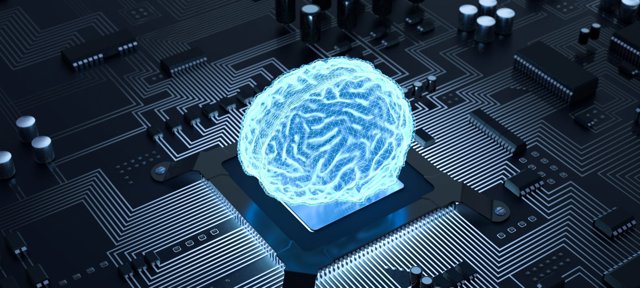May 21, 2025
How the brain learns to see – and what AI can learn from it
The new research project Mastering Vision explores how mammals process visual information so efficiently—and what artificial intelligence can learn from it.
Why can humans recognize a cat or a face after seeing just a few examples, while AI needs thousands? That question is at the heart of Mastering Vision: How Inductive Biases Shape Mammalian Learning Efficiency, a new research project led by Sander Bohte and Steven Scholte (CWI and University of Amsterdam). The project was recently awarded funding by the Dutch Research Council (NWO) under the Open Competition ENW-M program.
Our brains rely on inductive biases—built-in assumptions that help interpret visual input. This project explores how these biases develop from infancy to adulthood and how they enable mammals to process visual stimuli quickly and efficiently. The findings could lead to more data-efficient AI systems and offer insights into visual cognition and developmental disorders.
By combining computational models with neuroscience data, the researchers aim to uncover the mechanisms that support learning efficiency in the brain—and translate those mechanisms into the design of new AI algorithms.
The project is funded by NWO and contributes to curiosity-driven fundamental research at the intersection of neuroscience and artificial intelligence.
Vergelijkbaar >
Similar news items

May 21, 2025
From data creator to data reuser: distance shapes trust and reuse
read more >

May 21, 2025
Max Welling appointed as member of the Royal Netherlands Academy of Arts and Sciences
read more >

May 21, 2025
How the brain learns to see – and what AI can learn from it
read more >